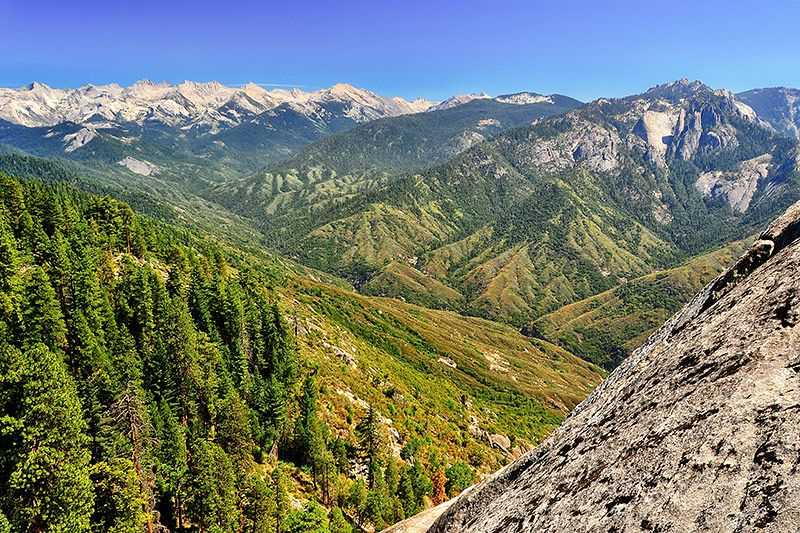Sequoia National Park
About Sequoia National Park
The Sequoia National Park is in California. Established in 1890, the park currently covers 1,635 km2 (~631 sq mi) and is one of the most stunning national p...
About Sequoia National Park
The Sequoia National Park is in California. Established in 1890, the park currently covers 1,635 km2 (~631 sq mi) and is one of the most stunning national parks in the USA, home to some of the greatest extremes of nature. From the very highest point in the lower 48 states to the deepest canyon, a trip to the park means a very special adventure which is b...
Attractions near Sequoia National Park
Activities
About Sequoia National Park
About Sequoia National Park
The Sequoia National Park is in California. Established in 1890, the park currently covers 1,635 km2 (~631 sq mi) and is one of the most stunning national parks in the USA, home to some of the greatest extremes of nature. From the very highest point in the lower 48 states to the deepest canyon, a trip to the park means a very special adventure which is bound to take in some of the most gorgeous sights and activities nature can offer.
Flora and Fauna
The Sequoia National Park is most famous for its huge variety of sequoia trees, including the General Sherman tree, which is widely thought to be the largest tree in the world by volume, and an estimated 2,300 - 2,700 years old. A number of hikes through the national park take in this tree and some of the other large and spectacular trees housed within the park. Common fauna include bobcats, foxes, ground squirrels, rattlesnakes and mule deer. You may also see a mountain lion, Douglas squirrels and American black bears.
Activities
The park contains numerous mountains, lakes, waterfalls and caves; and visitors are free to take a guided tour or pick their own route through the park. Nearly 85% of this and the neighbouring Kings Canyon National Park are designated wilderness; access is limited to those on foot or on horseback.
Of the 240 or more known caves in the park, only one is open to the public (by guided tour only): the Crystal Cave. This marble karst cave is full of natural crystal formations along its 4.8 - 6.4 km (3 - 4 mi) stretch.
